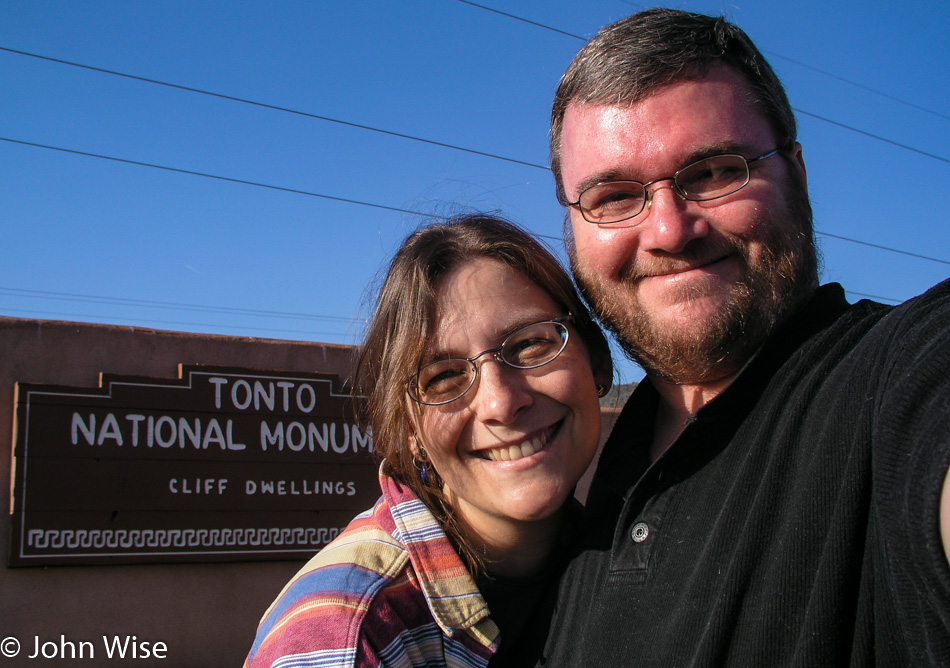
Checking things off the to-do list, like visiting Tonto National Monument. So many places close to home that we keep thinking we’ll visit, and they just keep getting put off; well, these cliff dwellings are now about to be put in the done column. Something to consider about your visit here, the monument is only open from November through April due to the high temperatures we experience in the summer months; reservations are also required.
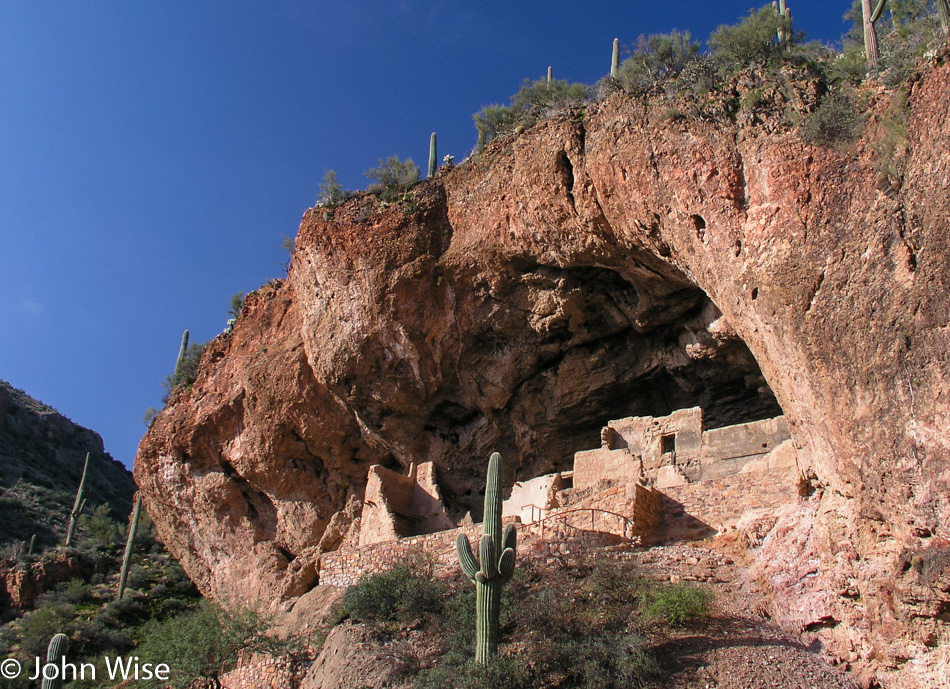
The Salado people occupied these lands along the Salt River Valley from the 13th to the 15th century. Little is known about them or why exactly they left the area; they are an enigma like many of the cultures that might have risen out of the Anasazi of the southwest.
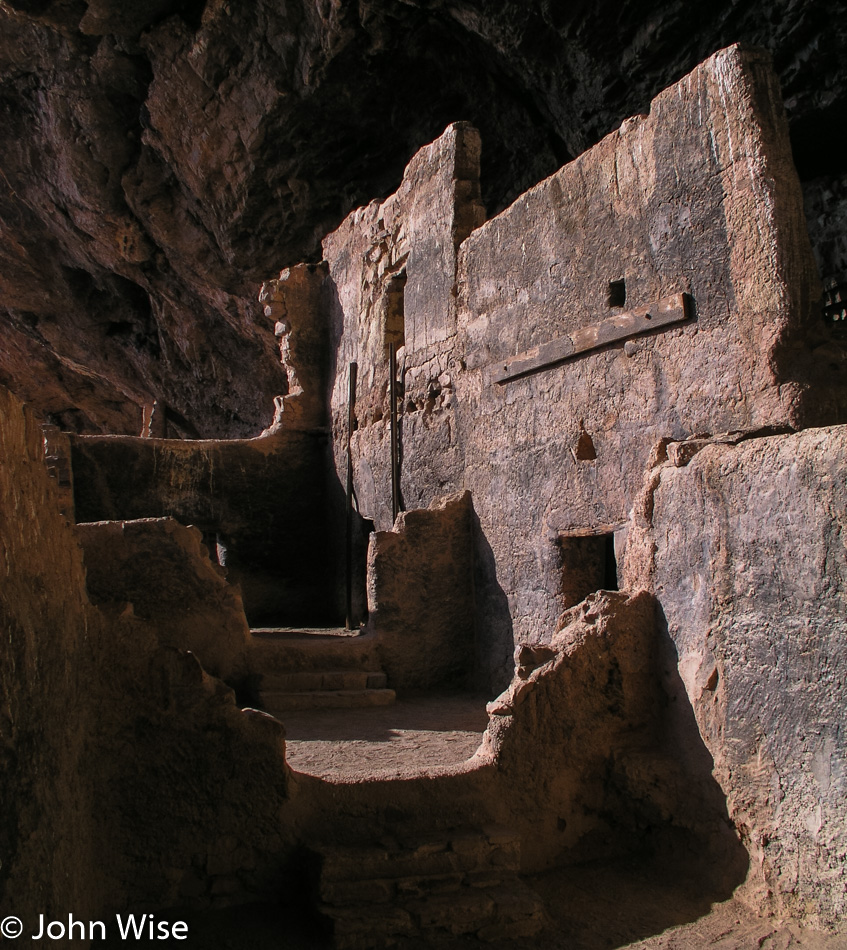
The Salado people built homes that were like pueblos found northeast of here from the Mogollon people, while their Hohokam neighbors were busy building pit houses.
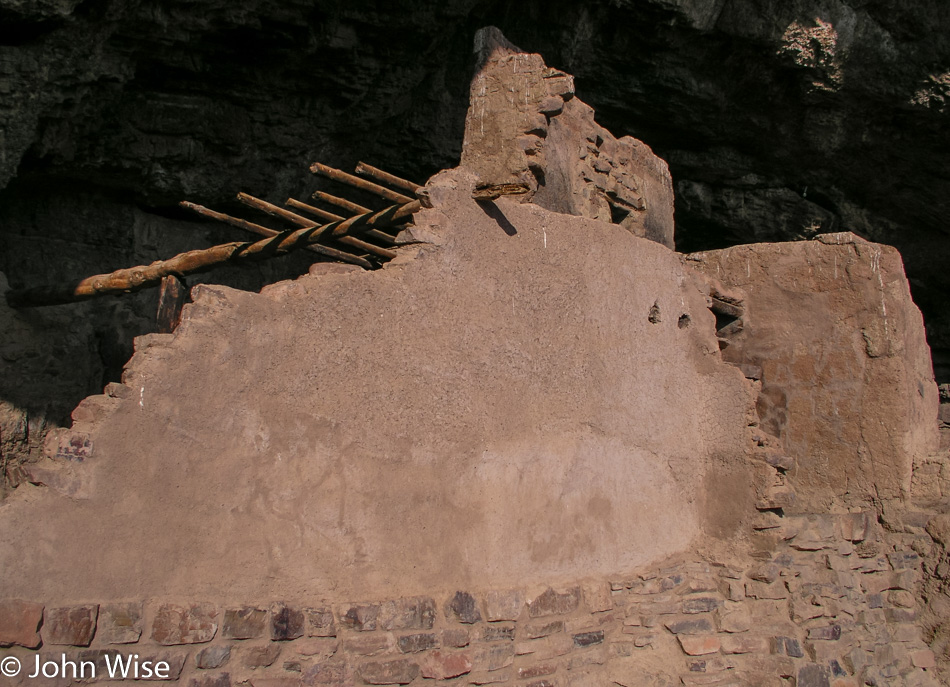
For over 500 years, these abandoned ruins told a mystery that hinted that people had lived here, but who? While today we know who they were, did the Native Americans who traveled these lands always know? Discounting oral traditions might be one of the dominant European culture’s larger mistakes.
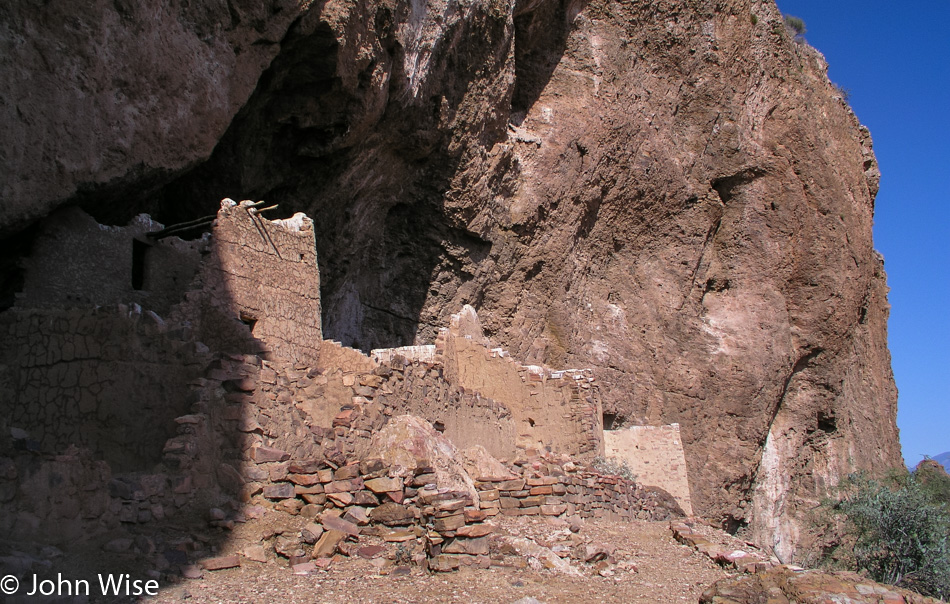
There is a very good article about the Salado over on a website written by Jet Middaugh that you can read by clicking here.
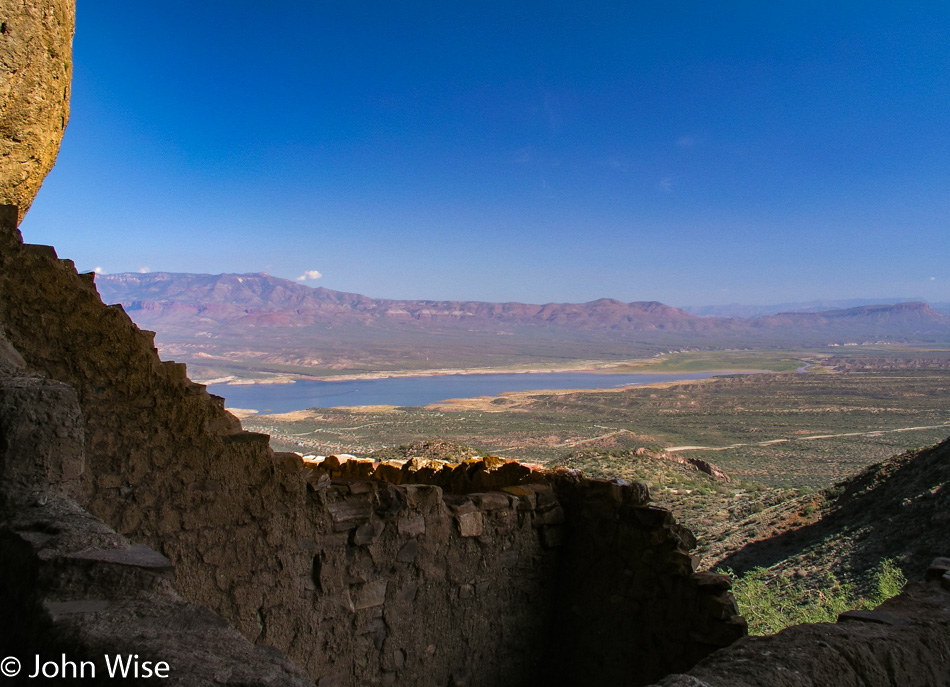
That’s Roosevelt Lake in the distance, which is formed by the backed-up waters of the Salt River. The dam that is holding back the river was built between 1906 and 1911. The drive from the dam to Phoenix follows an old dirt road known as the Apache Trail and is well worth it.
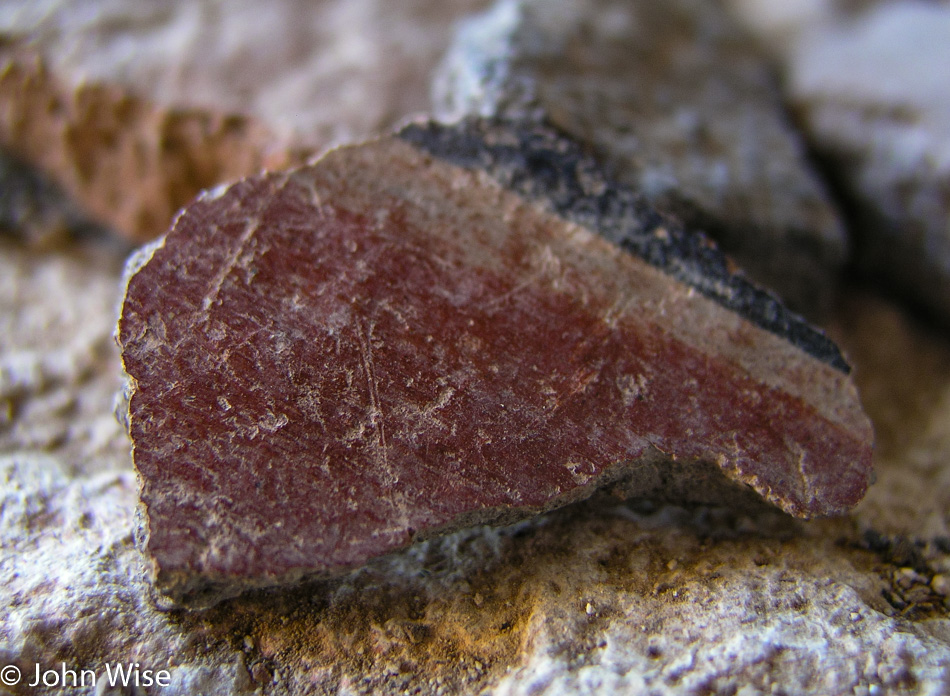
The pottery that the Salado people made is one of the significant contributing factors that blur their origins as it was considerably different than the pottery of surrounding groups. If you are lucky, maybe you, too, will see a rare shard of their handiwork.
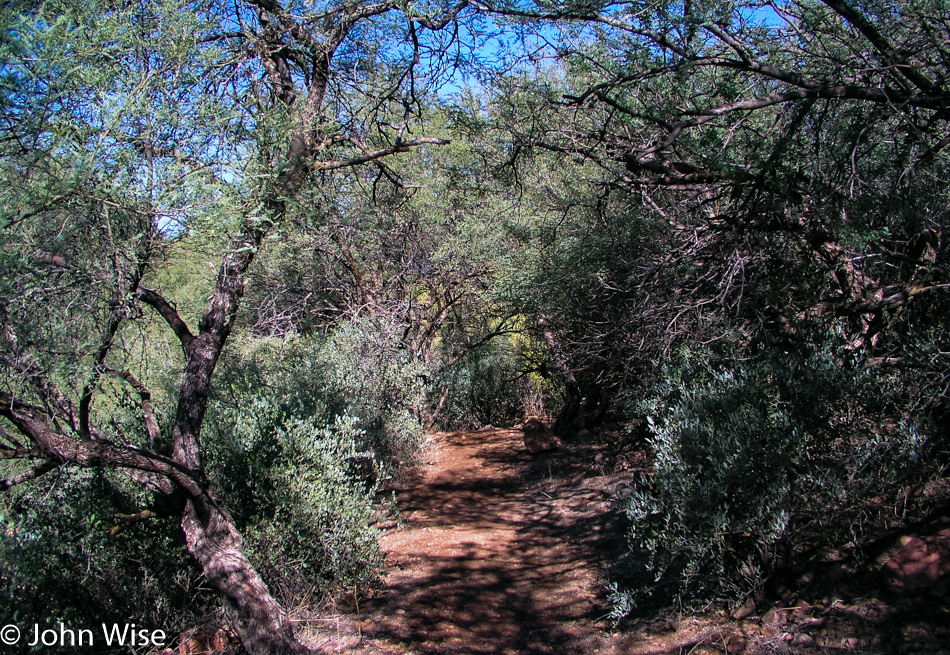
It’s a beautiful walk up and back to the cliff dwellings; I’d like to recommend you bring sunblock and a hat even in winter.